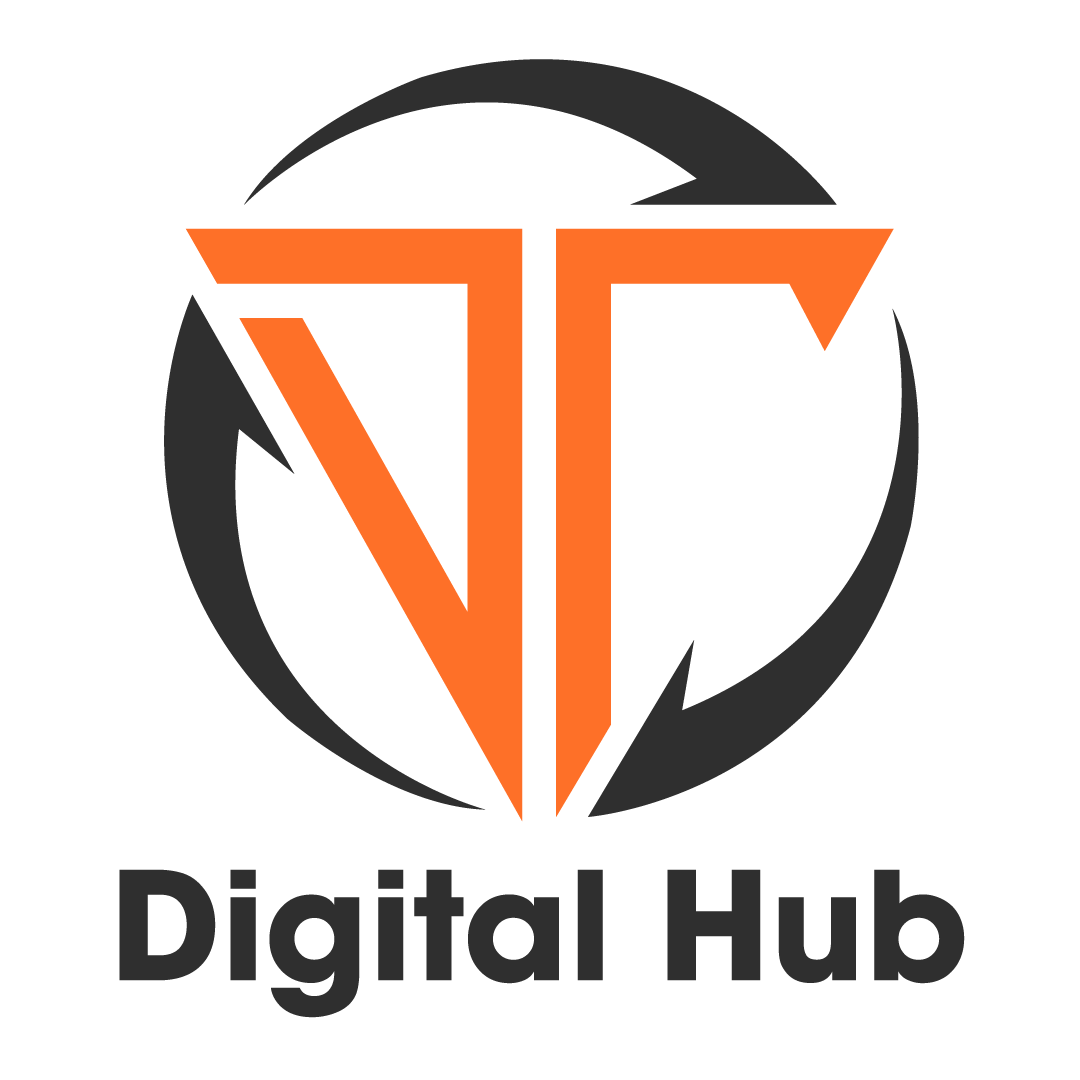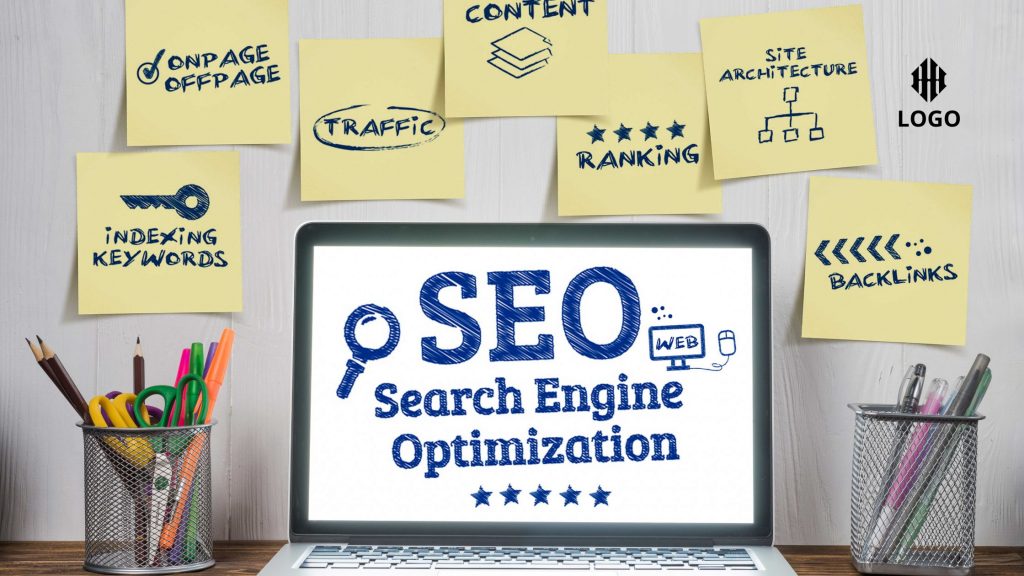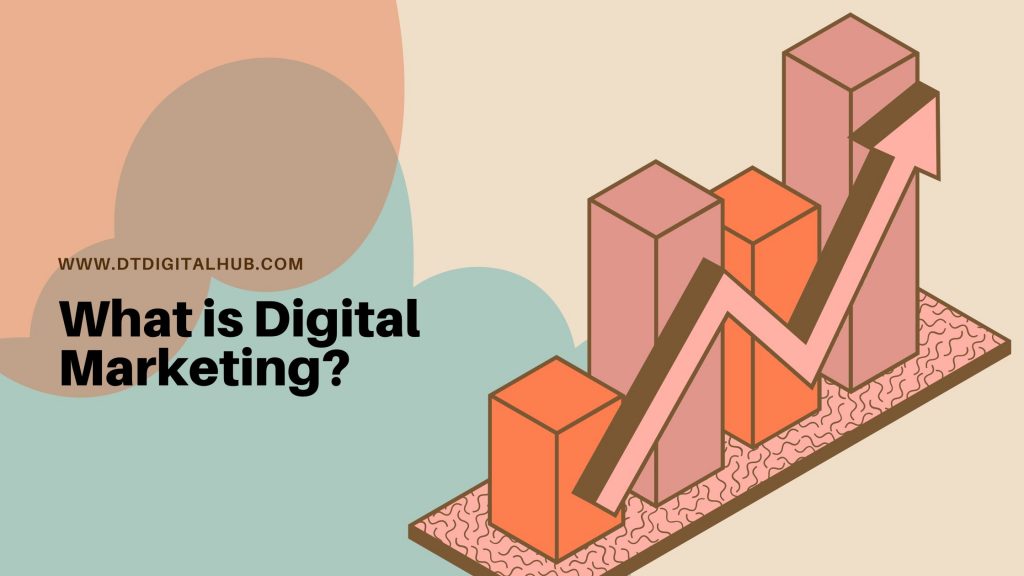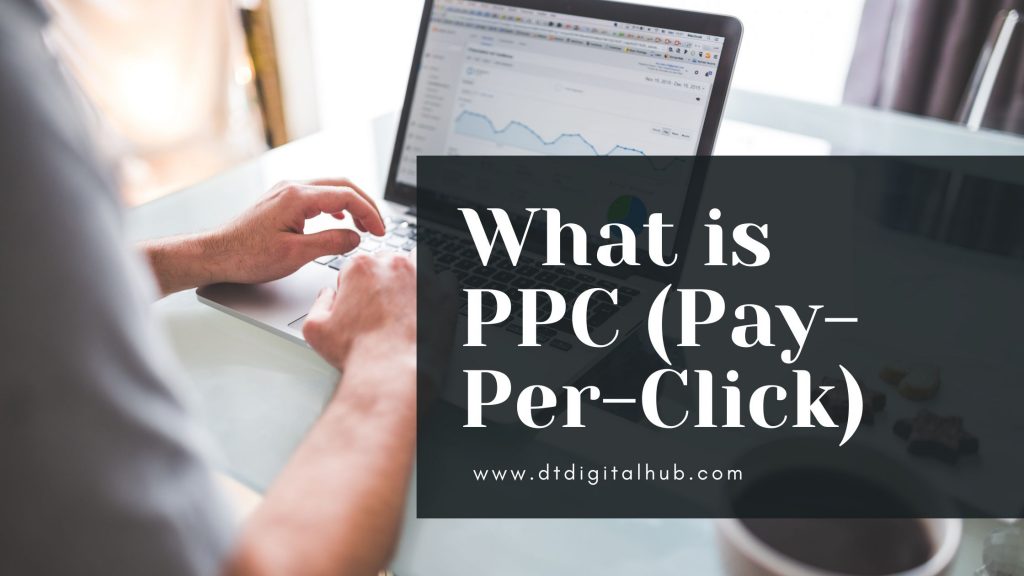What is SEO (Search Engine Optimization)?
SEO stands for “Search Engine Optimization.” It is the process of optimizing a website or a web page in order to improve its ranking in search engine results pages (SERPs) for specific keywords or phrases. This is done by making changes to the content, structure, and code of a website, as well as building backlinks from other sites. SEO is a core part of digital marketing. The goal of SEO is to increase the visibility and traffic to a website by making it more easily discoverable by search engines and users.
How does SEO work?
SEO works by helping search engines understand the content on a website and the context in which it was created. Search engines use complex algorithms to determine the relevance and authority of a website, and these algorithms take into account a wide range of factors.
Some of the main factors that search engines use to determine a website’s relevance and authority include:
- Keywords: The keywords used on a website, both in the content and in the HTML code, help search engines understand what the website is about.
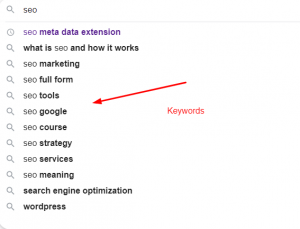
- Content: The quality and relevance of the content on a website is an important factor in determining its ranking. Search engines favor websites that provide valuable and informative content that is regularly updated.
- Structure: The structure of a website, including the use of headings, subheadings, and alt tags, can also affect its search engine ranking.
- Backlinks: Backlinks are links from other websites that point to a website. Search engines view backlinks as a sign of a website’s authority and relevance.
- User Experience: Search engines also take into account the user experience on a website. Good user experience includes fast loading speed, mobile-friendly design and easy navigation.
By optimizing these and other factors, a website can improve its search engine ranking and drive more traffic to its pages.
Why is SEO important for marketing?
SEO is important for marketing because it helps businesses to be more visible to their target audience. When a website appears at the top of search engine results pages (SERPs), it is more likely to be seen and visited by potential customers. This can lead to increased website traffic, brand awareness, and ultimately, more conversions and sales.
Here are a few key ways that SEO can benefit a business’s marketing efforts:
- Cost-effective: SEO is a cost-effective way to drive traffic to a website, as it doesn’t require paying for advertising space like traditional forms of marketing.
- High ROI: SEO has a high return on investment (ROI) because it targets users who are actively searching for products or services like those offered by a business.
- Long-term results: SEO efforts can have a long-term impact on a business’s search engine visibility and website traffic, whereas paid advertising campaigns have a limited lifespan.
- Local SEO: Local SEO helps businesses to rank higher in search results for geographic-specific keywords, making it easier for local customers to find the business.
- Brand building: A strong SEO strategy helps to build brand awareness and credibility with potential customers by making a business’s website appear authoritative and trustworthy in search results.
In summary, SEO is an important part of a comprehensive marketing strategy as it allows businesses to reach their target audience at the right place and right time. It helps to increase visibility, drive traffic and ultimately, improve conversions and sales.
How Do Search Engines Work?
Search engines work by using complex algorithms to determine the relevance and authority of a website. These algorithms take into account a wide range of factors, such as keywords, content, structure, and backlinks, to determine the relevance and authority of a website. Here’s a general overview of the process:
- Crawling: Search engines use automated programs called “crawlers” or “spiders” to scan the internet and index the content of websites. These crawlers follow links on websites to discover new pages and update existing ones.
- Indexing: Once a page has been crawled, the search engine will add it to its index. The index is a massive database that stores all the content from the websites that have been crawled. The search engine uses this index to match search queries to relevant pages.
- Ranking: When a user enters a search query, the search engine uses its algorithms to determine the relevance and authority of the pages in its index. These algorithms take into account a wide range of factors, such as keywords, content, structure, and backlinks, to determine the relevance and authority of a website.
- Retrieval: Once the search engine has determined the relevance and authority of the pages in its index, it will rank them in order of relevance and display the results to the user. The most relevant and authoritative pages will be displayed at the top of the search engine results pages (SERPs).
- Personalization: Search engines also take into account the user’s location, search history and other personal data to personalize the search results and make them more relevant to the user.
It’s worth noting that each search engine has its own algorithms and ranking factors and they change it from time to time. However, the overall process is similar across all search engines. It’s also important to note that SEO is the process of optimizing a website in order to improve its ranking in search engine results pages (SERPs) for specific keywords or phrases. So, SEO is a way to optimize the website to be more easily discoverable by search engines and users.
The benefits of SEO include:
- Increased visibility: SEO can help to increase the visibility of a website in search engine results pages (SERPs), making it more likely to be seen and visited by potential customers.
- Cost-effective: SEO is a cost-effective way to drive traffic to a website, as it doesn’t require paying for advertising space like traditional forms of marketing.
- High ROI: SEO has a high return on investment (ROI) because it targets users who are actively searching for products or services like those offered by a business.
- Long-term results: SEO efforts can have a long-term impact on a business’s search engine visibility and website traffic, whereas paid advertising campaigns have a limited lifespan.
- Local SEO: Local SEO helps businesses to rank higher in search results for geographic-specific keywords, making it easier for local customers to find the business.
- Brand building: A strong SEO strategy helps to build brand awareness and credibility with potential customers by making a business’s website appear authoritative and trustworthy in search results.
- Increased User Experience: A well-optimized website is faster, more accessible, and easier to navigate, which improves the overall user experience.
- Increased brand awareness: Higher search engine rankings for your target keywords and phrases means more visibility for your business and brand.
Overall, SEO is an effective way to increase visibility, drive traffic, and ultimately, improve conversions and sales for a business. It’s a long-term, cost-effective and measurable way of reaching the target audience and building brand awareness.
SEO vs. PPC
SEO (Search Engine Optimization) and PPC (Pay-Per-Click) are both digital marketing strategies used to increase website visibility and drive traffic, but they operate differently.

SEO is the process of optimizing a website or a web page in order to improve its ranking in search engine results pages (SERPs) for specific keywords or phrases. It is a long-term strategy that involves making changes to the website’s content, structure, and code, as well as building backlinks from other sites. The goal of SEO is to increase the visibility and traffic to a website by making it more easily discoverable by search engines and users.
PPC, on the other hand, is a form of paid advertising where businesses pay to have their ads displayed at the top of search engine results pages (SERPs) for specific keywords or phrases. The ads are typically displayed in a separate section of the SERP, typically above or below the organic search results. Businesses only pay when a user clicks on their ad, hence the name “Pay-Per-Click”
Both SEO and PPC can be effective in driving website traffic and generating leads, but they have their own strengths and weaknesses. SEO is a cost-effective way to drive traffic to a website, but it can take time to see results. PPC can produce quick results and it allows for more control over targeting and ad placement, but it can be expensive over time.
Many businesses use a combination of both SEO and PPC to maximize their visibility and reach their target audience. While SEO takes time to show results, a PPC campaign can provide immediate visibility, and as a result, businesses can use PPC to test keywords and generate leads while they wait for their SEO campaign to take effect.
How can I learn SEO?
There are a variety of ways to learn SEO, including:
- Online resources: There are many free resources available online that can help you learn SEO, such as blogs, forums, and tutorials. Some popular websites that offer SEO advice include Moz, Search Engine Journal, and Backlinko.
- Books: There are a number of books available on the topic of SEO that can provide a solid foundation for understanding the basics of the field. A few popular titles include “The Art of SEO” by Eric Enge, “SEO for Dummies” by Peter Kent, and “SEO Like I’m 5” by Matthew Capala.
- Courses: There are many digital marketing online courses and training programs available that can help you learn SEO. Some popular options include Udemy, Coursera, and the SEO Certification Course offered by the SEO Training Institute.
- Practical experience: One of the best ways to learn SEO is through hands-on experience. You can start experimenting with your own website or blog, and try out different optimization techniques to see what works and what doesn’t. It’s also a good idea to stay updated with the latest SEO trends and best practices.
- Join SEO communities: Joining SEO communities such as SEOmoz, SEO Chat, Black Hat World and many more will help you to stay updated with SEO trends and best practices. This will also help you to connect with other SEO professionals to share your knowledge and learn from their experiences.
It’s important to note that SEO is a constantly evolving field, so it’s important to stay updated with the latest trends and best practices. Regularly reading industry blogs, attending conferences, and networking with other SEO professionals can help you stay current.
10 Truths About SEO
- SEO is a long-term strategy: SEO results are not immediate, it takes time to see the results. It requires consistent effort over a period of time to see an improvement in search engine rankings.
- Content is king: High-quality, relevant, and informative content is the foundation of any successful SEO campaign.
- Technical optimization is important: Search engines use complex algorithms to determine the relevance and authority of a website. Therefore, it is important to optimize the technical aspects of a website, such as website structure, meta tags, and page loading speed.
- Backlinks are important: Backlinks from other websites to a website are an important factor in determining a website’s relevance and authority.
- Mobile optimization is crucial: With the increasing use of mobile devices, it is important to ensure that a website is mobile-friendly.
- Social media signals can affect SEO: Social media signals, such as likes, shares, and followers, can have an impact on a website’s search engine ranking.
- Quality over Quantity: Quality backlinks are more valuable than a large quantity of low-quality links.
- It’s not only about keywords: While keywords are important, it’s not only about including them in the content but also, in the website structure, meta tags and other on-page elements.
- Constant updates: Search engine algorithms are constantly changing, so it’s important to stay updated with the latest trends and best practices.
- SEO is not a one-time effort: SEO requires consistent effort to maintain and improve search engine rankings. It’s not a one-time effort but a continuous process.
It’s important to note that SEO is a complex and ever-changing field, and what works today may not work tomorrow. Therefore, it’s important to stay updated with the latest trends and best practices, and to be prepared to adapt to changes in the search engine algorithms.
Top SEO Tools
There are many SEO tools available, but some of the most popular and widely used ones include:
- Google Analytics: This free tool from Google provides a wealth of data on website traffic, including information on where visitors are coming from, what pages they’re visiting, and how long they’re staying on the site.
- Google Search Console: Another free tool from Google, Search Console provides information on how your website is performing in Google search results, including any issues with crawling or indexing.
- Ahrefs: This is a comprehensive SEO tool that provides data on backlinks, keyword research, content research, and more.
- SEMrush: This tool provides a wide range of data on organic search, paid search, display advertising, and more.
- Moz Pro: Moz Pro is a suite of tools for link building, keyword research, and on-page optimization.
- Majestic: A backlink analysis tool that provides data on the number and quality of backlinks to a website.
- Buzzsumo: This tool helps to identify popular content in a particular niche and identify influencers.
- Yoast SEO: A plugin that helps to optimize website content for search engines.
- Ubersuggest: A keyword research tool that provides data on search volume, CPC, and competition for a particular keyword.
- KWFinder: A keyword research tool that provides data on keyword difficulty, search volume, and CPC.
It’s worth noting that these are some of the most popular and widely used tools, however, there are many other tools available and the best one for you will depend on your specific needs and budget.
What is SEO And How It Works? Download PDF
SEO FAQs
What is SEO in digital marketing?
SEO in digital marketing is the process of optimizing a website in order to improve its ranking in search engine results pages (SERPs) for specific keywords or phrases.
What is SEO and how it works?
SEO is the process of optimizing a website to improve its ranking in search engine results pages (SERPs) using techniques such as content, structure, and backlinks.
What is SEO writing?
SEO writing is the process of creating content that is optimized for search engines and includes keywords and phrases relevant to the topic.
What are the types of SEO?
Types of SEO include on-page SEO, off-page SEO, technical SEO, and local SEO.
What is SEO management?
SEO management refers to the overall process of managing and implementing an SEO strategy for a website.
What is SEO ranking?
SEO ranking refers to the position of a website in search engine results pages (SERPs) for specific keywords or phrases.
What are SEO services?
SEO services include website optimization, keyword research, link building, and content creation.
